By: Anjalee Udawatta & Lakshitha Edirisinghe
The EIA identified key issues associated with the project. Several scenic waterfalls were threatened due to the reduction of water flow.

A crucial component of Sri Lanka’s natural scenic beauty is the cascading waterfalls emanating from the central hills. While serving as major tourist attractions, these waterfalls also support the livelihoods of surrounding communities while being a safe haven for several faunal species. The dire need to protect and preserve these gifts of nature was at the forefront of discussion when the Upper Kotmale Hydro-power Project (UKHP) was proposed. What followed was a series of events that ultimately balanced development interests with environmental protection, and much of this success is attributable to the associated EIA process, of which, a brief description is presented hereafter.
Background of the Project
The Ceylon Electricity Board (CEB) initially proposed the UKHP to generate 150 MW to ultimately contribute 530 GWH of energy to the national grid annually. The feasibility study for the project was conducted by Japan International Cooperation Agency (JICA) in 1985-1987 to examine the hydroelectric potential in the selected area. However, this report was not available to the public until 1992. Later, in 1992 CEB decided to go ahead with a proposed option given by JICA and completed the EIA for the project in December, 1994. The EIA identified key issues associated with the project, which included lack of suitable alternatives and possible environmental and social impacts. For instance, seven scenic waterfalls namely: Devon Oya, St. Andrews Stream, Pundal Oya, Puna Oya, Ramboda Oya, St Claire’s and Holyrood waterfalls were threatened due to the reduction of water flow. As a result, the proposal was rejected by the Central Environmental Authority (CEA) which is the Project Approving Agency (PAA) for this project. Thus, CEB had to appeal to the Secretary of the Ministry of Environment about the decision under section 23DD(1) of the National Environmental Act, No. 47 of 1980 as amended (NEA). However, the second proposal submitted to the CEA in 1996 by CEB with some revision, was rejected as well.
In 1998, CEB appealed again to the Secretary to the Ministry of Forest and Environment requesting permission to proceed with the project. Unfortunately, despite the requests by Environmental Foundation Ltd. (EFL), no public hearing was held regarding the 2nd appeal. The project was approved in August, 1998 to address the severe power crisis in the country at that time. EFL filed a writ petition against the decision seeking a stay order and a fair hearing.
Consequently, there was an appeal hearing at which certain significant steps were taken including the establishment of a monitoring committee chaired by the CEA. It was directed to take proper mitigation and monitoring plans such as measure the stream flow of the five affected waterfalls, prepare a watershed management plan, assess the biodiversity and maintain a complete standardised photographic record of the waterfalls from the date of the commencement of the project etc.

Notable Aspects of the EIA Process and Their Implications
- Public Participation
The UKHP project was a classic example of showcasing the importance of public participation in the EIA process. Right from the beginning of the project, public comments have been presented for the EIA and many Non-governmental Organizations (NGOs) along with the public had organised protests against the project. Although public comments were not called during the appeal process, public participation in the UKHP in our opinion pushed for sustainable reforms and amendments and prompted authorities to also closely scrutinize and monitor the project. The long delay in implementing the project was also fuelled by mounting opposition by the public. It reminded that it was important to consider all the consequences without rushing into the implementation phase. Ultimately, public participation not only ensured the rights of the surrounding community being protected, but also protected the right of everyone to enjoy the scenic beauty of these waterfalls and held the governmental authorities more accountable.
- Stakeholder Intervention
A multiplicity of stakeholders including the CEA, NGOs and an Inter-Ministerial Committee were involved in the EIA process of the UKHP project, in addition to the general public. This multi-sectoral involvement brought to light the issues pertaining to the project from different points of view.
For example, the CEA had an important role to play in the entirety of the process and it did, by twice rejecting the EIA report for its inadequacy. It also appointed the Technical Evaluation Committee (TEC) for reviewing the EIA. The monitoring committee chaired by the CEA required the project proponents to monitor and measure a number of factors throughout the course of the project. National Environmental (Upper Kotmale Hydro-power Project – Monitoring) Regulations, No. 1 of 2003 includes the mitigatory measures to be followed in this regard. The NGOs, in particular EFL, were involved throughout the entirety of the EIA process by bringing their expertise into monitoring the progress of the project, raising public awareness and participation and resorting to legal action under certain circumstances. Other government Ministries and agencies were also involved in the process by focusing on a diversity of areas.
The UKHP scenario stands to show the broad range of issues that need to be considered before proceeding with a development project and how the participation of multiple stakeholders facilitates this process effectively. It also highlights the imperative role of the PAA as well as the CEA and how it can directly contribute towards protecting the environment from disastrous impacts of unmonitored development initiatives. The stakeholders can also act as watchdog institutions by holding the project proponents accountable and responsible, prompting them to follow the relevant procedures.
- Seeking Alternatives
Another ground on which the EIA related to the UKHP got rejected was due to the inadequacy of alternatives considered. The Yoxford option in particular, proposed by the Central Engineering Consultancy Bureau (CECB) was not rigorously evaluated as an alternative. At the design phase as well as after the TEC report, relevant professionals and stakeholders were not consulted in proposing suitable alternatives resulting in the EIA being rejected twice. The UKHP example therefore emphasizes the critical requirement of considering alternatives, as that will potentially make the project more sustainable rather than haphazard development which only focuses on the monetary aspects.

Conclusion
It was finally in 2003, that the Cabinet Ministers approved the project and published the Gazette Extraordinary No. 1283/19 National Environmental (Upper Kotmale Hydro-Power Project – Monitoring) Regulations, No. 1 of 2003 under the NEA section 32(2)(r) read with Section 10 (a), (e) and (g) to implement and monitor it. This regulation is remarkable as it included a representative from EFL for the Monitoring Committee in Section 4(w). Furthermore, Schedule II of the gazette contains comprehensive and effective mitigation measures to be observed by project proponents. In addition, it binds the project proponent to follow the given procedure under section 31 of the NEA. At last, construction work on the project was successfully completed in 2012.
The UKHP project stands as testimony to the vitality of public participation in the EIA process and the need to involve multiple stakeholders including NGOs in the decision-making process. If not for their efforts Sri Lanka would have lost the pristine beauty of these majestic waterfalls.
List of References
- Dekshika Charmini Kodituwakku and Vinod Moonesinghe – The EIA Process and the Upper Kotmale Hydropower Project (https://saridweb.org/sarid-journal/2004-Kodituwakku-Moonesinghe.pdf)
- Gazette Extraordinary No. 1283/19 National Environmental (Upper Kotmale Hydro-Power Project – Monitoring) Regulations No. 1 of 2003
- HK Nandalal- Importance of Public Participation in Project Implementation: Upper Kotmale Hydropower Project in Sri Lanka
- Hemantha Withanage – Upper Kotmale Hydropower Project: Another Disaster in Dam History (http://cultivateunderstanding.com/Digital_Media/UKHP_eBook_2/PDFs/upper_kotmale_project_hemantha_WCD.pdf)
- Upper Kotmale Hydropower Project – International Rivers Network (https://www.irn.org/kotmale/)

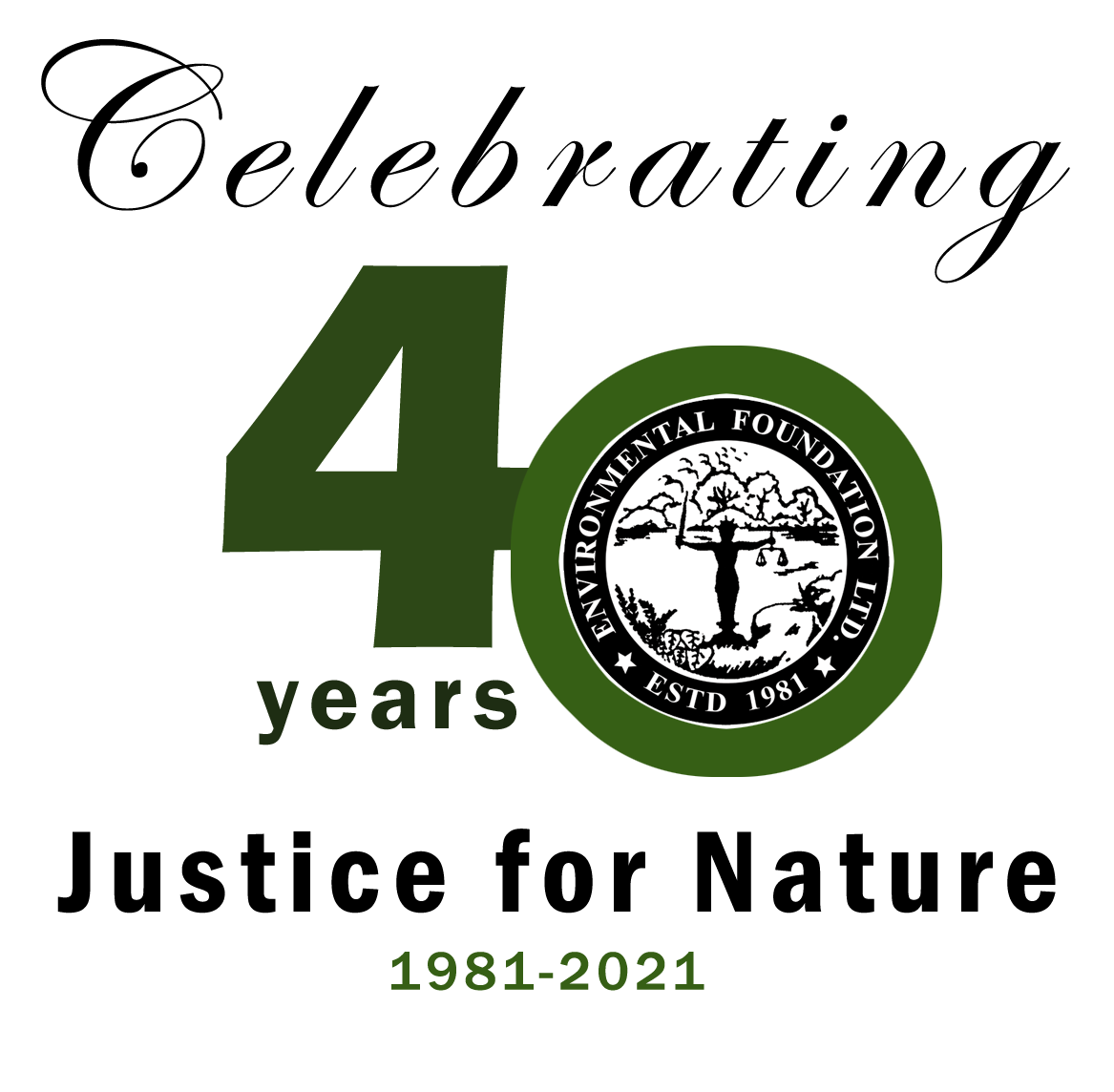
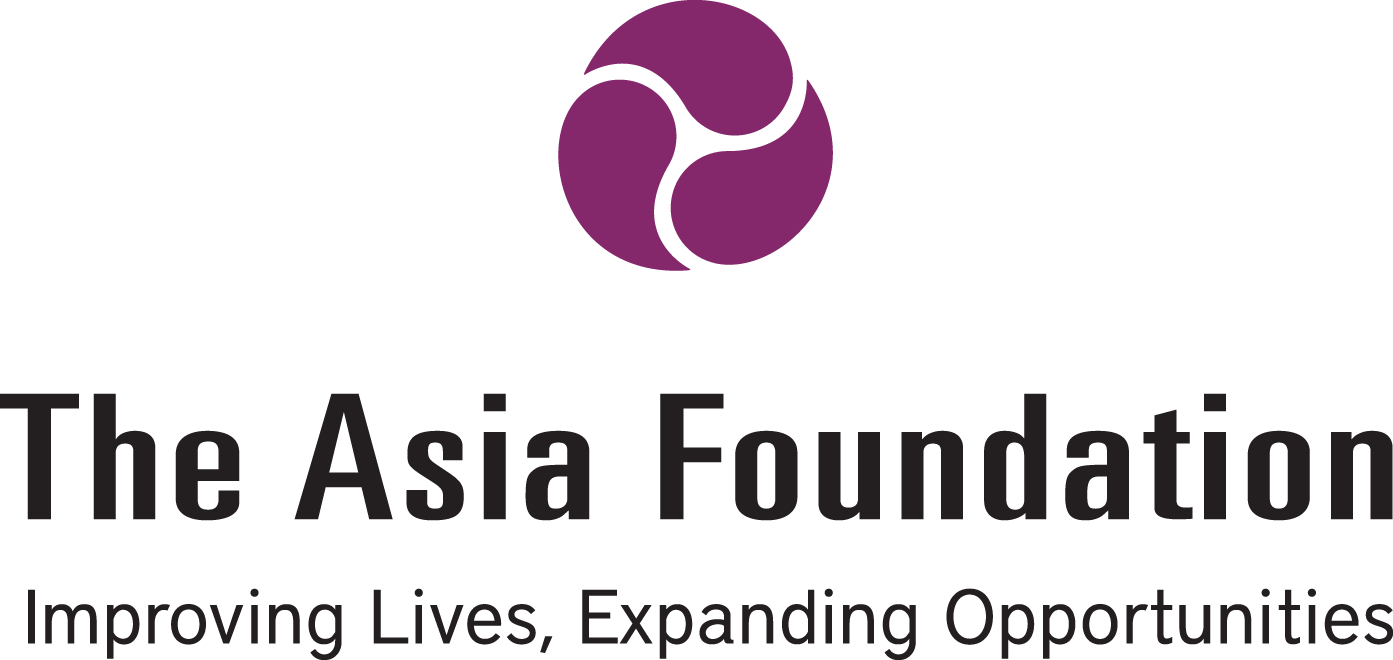



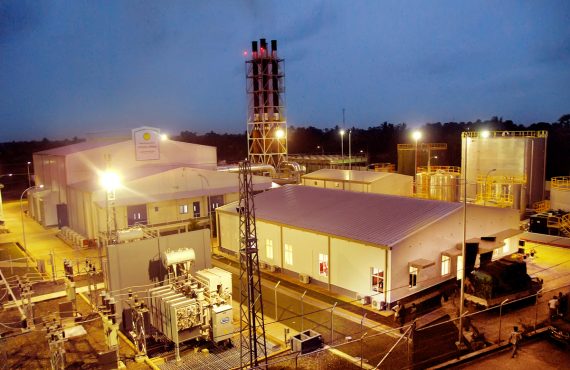


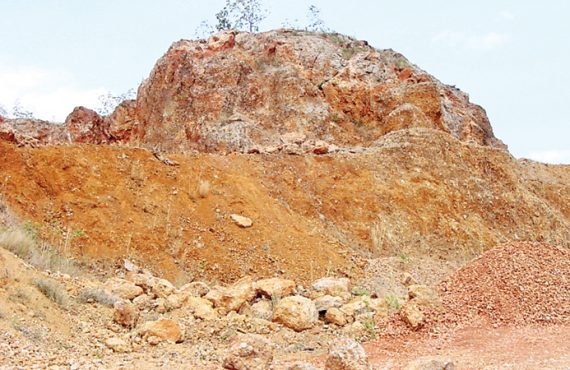
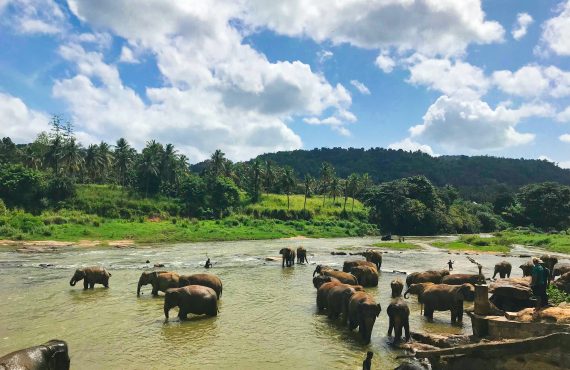




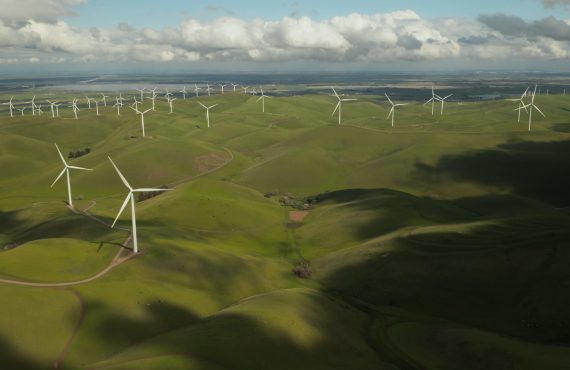
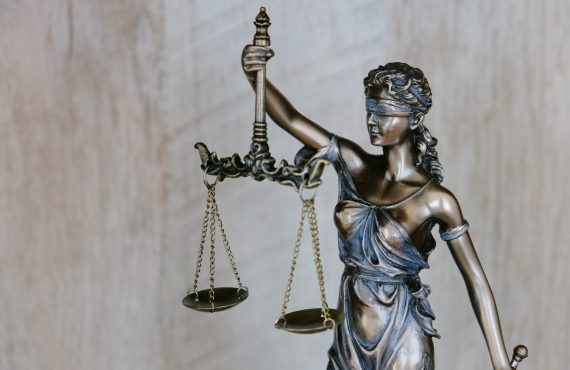





No comments yet.